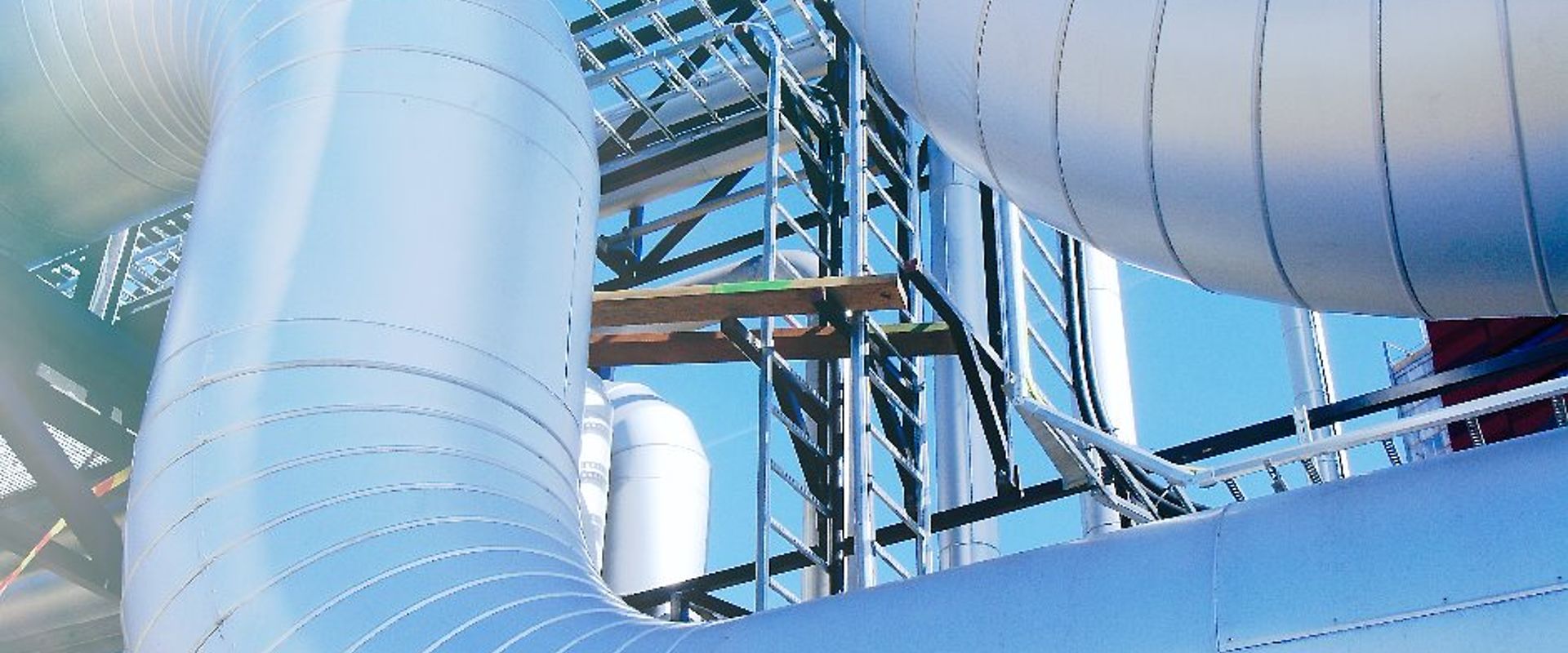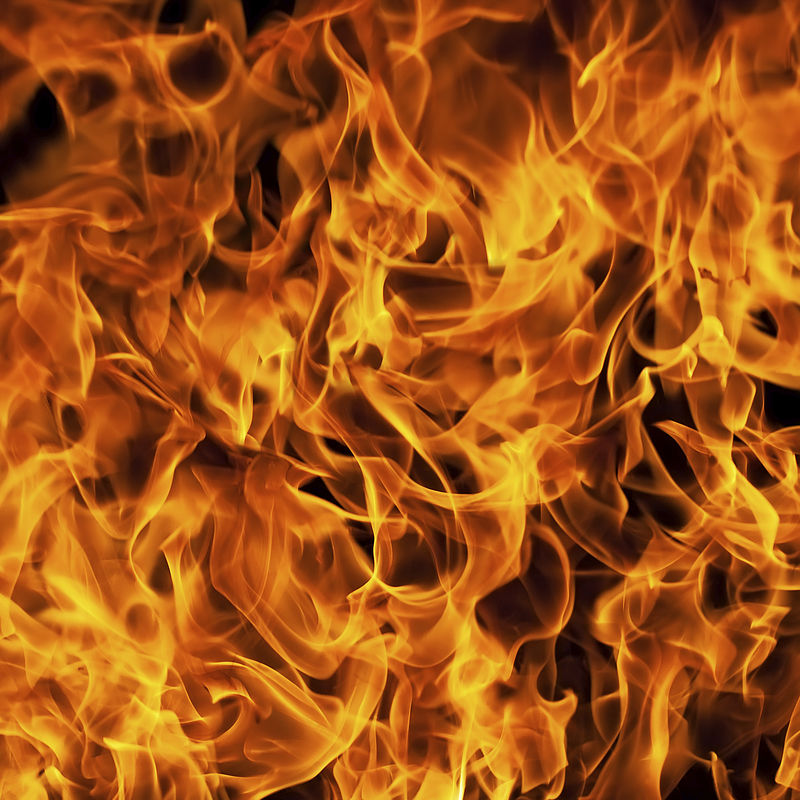
Better industrial insulation materials
Challenge
Many production industries, such as steel and glass manufacture and petrochemical refining, run processes at high temperatures, requiring high energy consumption. Insulation materials are needed to minimise heat loss throughout the system.
All such materials need certification to confirm their insulation properties. Certification is underpinned by testing in authorised laboratories, which use rigorous quality assurance criteria laid out by the EN ISO/IEC 17025 standard. The assessment of the thermal performance is carried out using a Guarded Hot Plate method, where material is heated from one side and thermometers measure the temperature difference through its thickness under steady-state conditions. Conventional insulation materials can then gain a CE mark, confirming they meet harmonised European standards in this area, and new materials such as polymers and aerogels which are not covered by the CE mark scheme, can demonstrate performance specifications through reliable data.
Comparison exercises show measurement variation between laboratories of up to 15 %. This is down to two major sources of error: a lack of homogenous reference materials to make comparisons, and the tendency of rigid samples under test to bow as a result of heating. Improved reference materials and testing approaches would bring certainty to accreditation labs across Europe, and ensure confidence in the properties of insulating materials.
Solution
The EMRP project, Metrology for thermal protection materials, investigated sources of measurement error during insulation testing, and devised new approaches to improve thermal measurements.
A new testing regime was developed which overcame the bowing issue by using smaller samples which all stay in contact with the hot plates. The project identified and characterised calcium silicate as a suitable reference material, with stability up to 650 o C. Fifteen identical samples were developed and used in a comparison exercise of Guarded Hot Plate apparatus performance between different laboratories to identify and remediate sources of variation.
Impact
Forschungsinstitut für Wärmeschutz e.V. München (FIW), an accredited German testing and certification body for thermal insulation products with clients around the world, participated in the project comparison. Using the project reference materials FIW could internally compare its Guarded Hot Plate apparatuses, identifying and eliminating uncertainties, and ensuring all delivered the same measurements with robust links to the SI.
This gives its customers greater confidence in FIW’s test reports and certificates, which are used to gain the CE mark for some classes of insulation material. For manufacturers of new materials, they receive greater confidence in the specified properties of the material, helping them develop and assess new insulating products.
All of which brings greater confidence around how by conventional and innovative insulating materials will perform in service. This will help bring new products to market and help manufactures make informed choices to reduce heat loss, and therefore energy use and associated costs, for high temperature processes.
- Category
- EMRP,
- SI Broader Scope / Integrated European Metrology,
